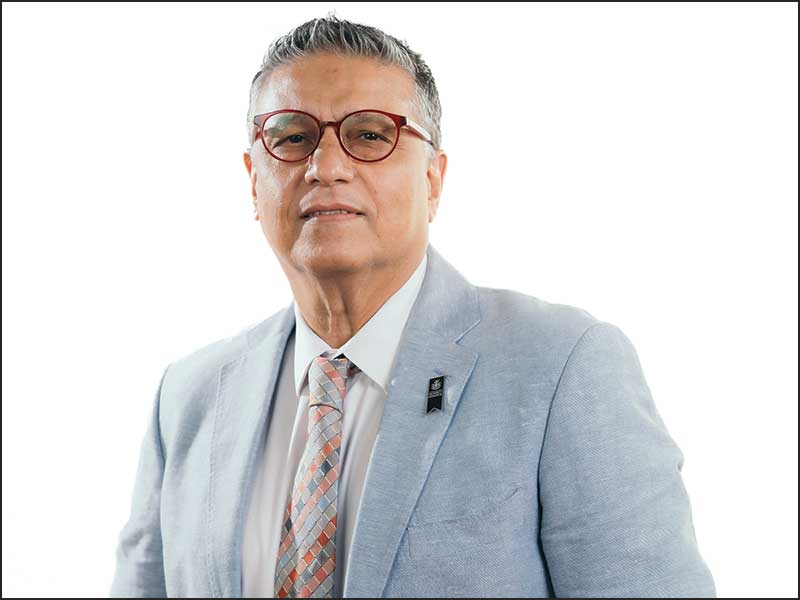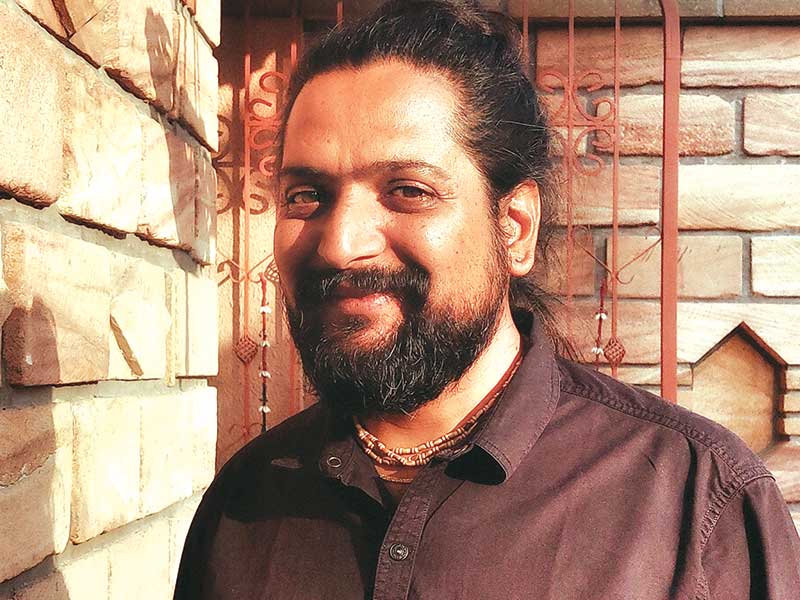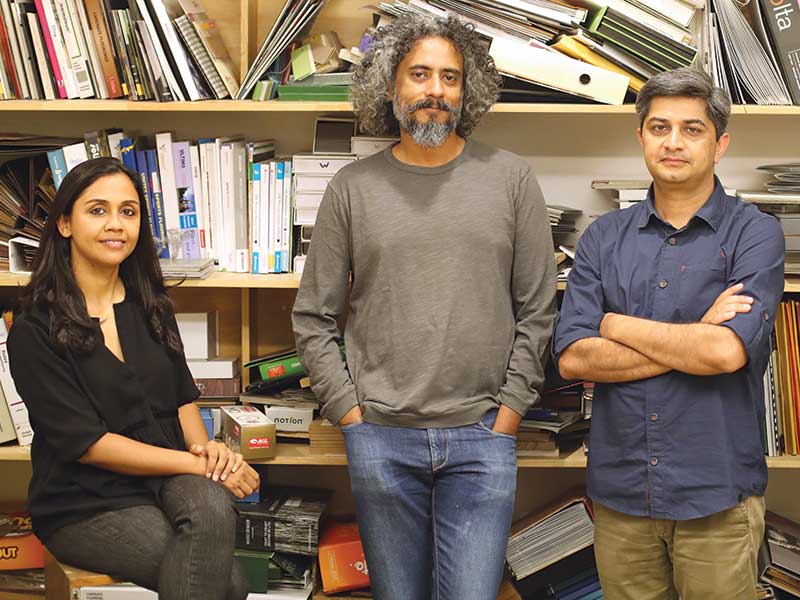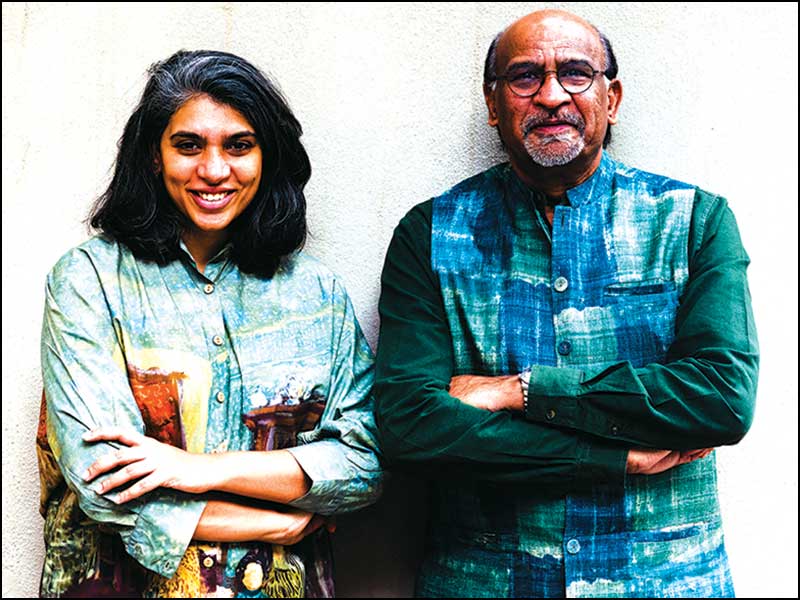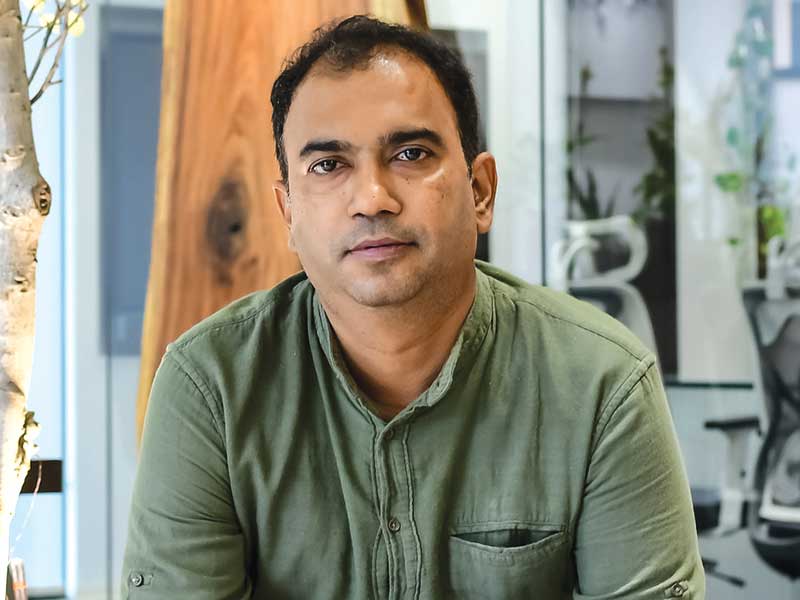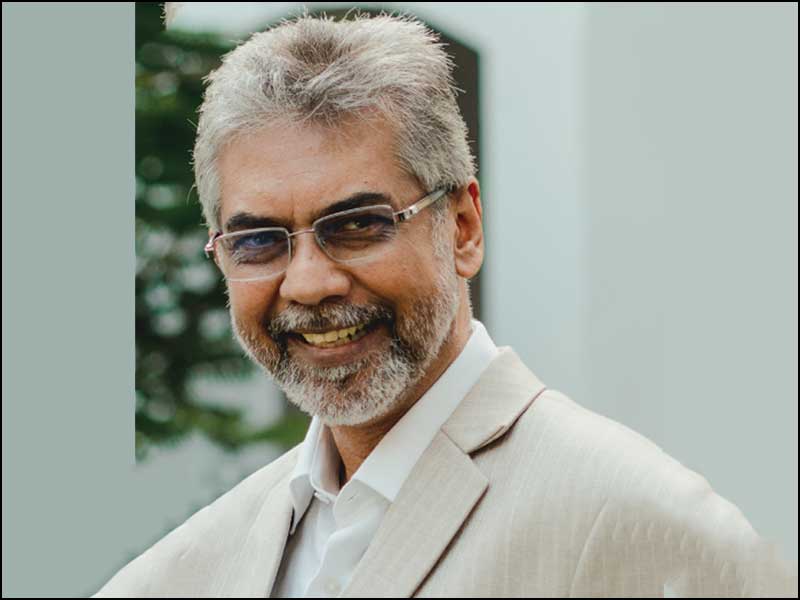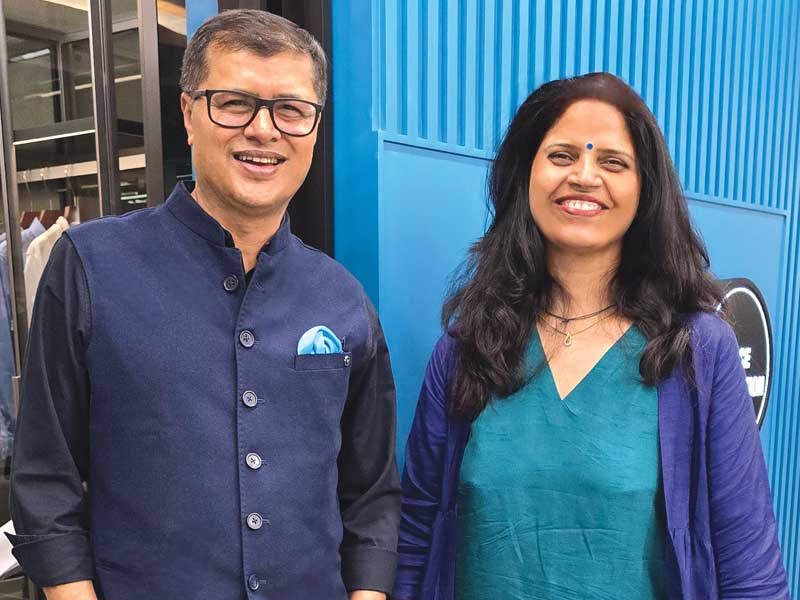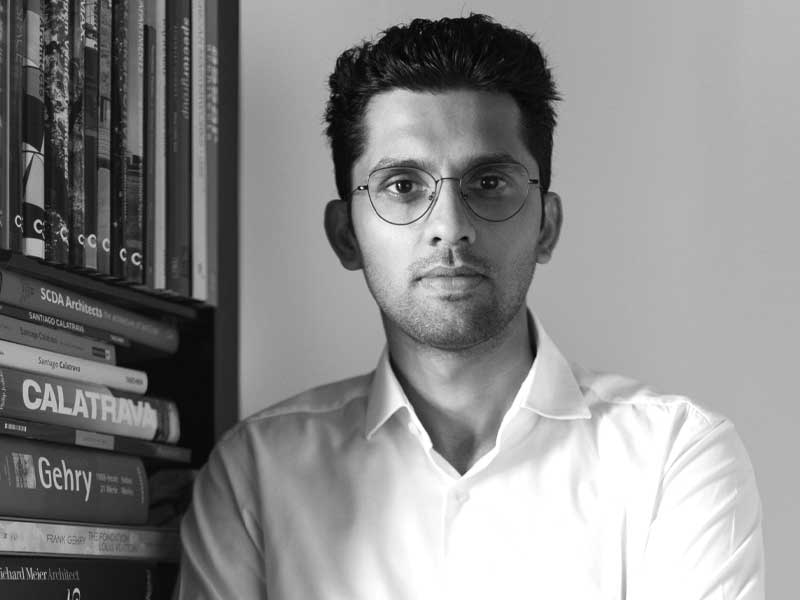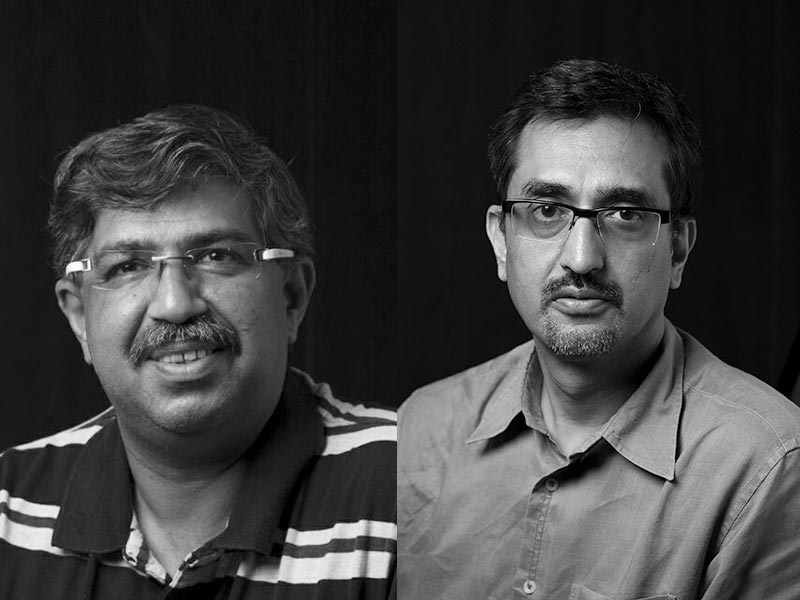
‘Buildings are for People: Human Ecological Design’ by Bill Caplan talks about a new approach to the process of conceiving architectural design, one that considers the interactions of the built environment with people and the natural environment. The book exposes our visceral and experiential connections to buildings, and how buildings intervene directly with our ecosystem, natural environment and sense of place. It brings to light our ability to utilize a building’s surfaces, shape, and material, to sync with the energy and forces of nature for a more green and sustainable architecture. It also points out many of the obstructions to a successful design including issues in education, the profession, regulation and the industry’s institutions, providing an awareness that heretofore is rarely discussed. Most importantly, it highlights the obvious, that buildings are built for people, a fact that seems to have been overlooked in the last half-century.
 Metropolis Mall, Hisar
Metropolis Mall, HisarToday’s reality is such that a lot of ideas are misguided in a way that many still insist on following the conventional way when different kinds of threats are trying to lord over our lives. Some of the threats that are very obvious are exploitation of non-renewable resources, unsustainable developments, and environmentally hazardous solutions for example. In this regard, if you want to contribute for the betterment of the world we live in, as promoters of viable architecture, it is time to consider sustainable architecture technologies and approach towards the built environment.
As promoters of viable architecture, it is time to consider sustainable architecture technologies and approach towards the built environment
We admire...
Fatehpur Sikri complex built in 1571 by Akbar in a hot, dry climate due to its proximity to the western dessert region, is in the true sense an example of sustainable architecture of that period. It is situated on a ridge with embattlement on three sides and an artificial lake on the fourth which served as the main source of water supply for the complex. It has an elaborate system of water supply on the upper level and road network gradually moving up to the higher palace complex. Built as per the slope of ridge on 3 levels with minor level changes, catered to by steps, are worked to accommodate a gradual flow of water throughout the complex. Anoop Talao or (peerless pool) is a square red sandstone tank that serves to cool the air, also forming an integrated part of mini tanks and canals in the upper level of the complex.
Use of varied techniques and materials such as double layers of jalis in Salim Chisti’s tomb makes the inside of the chamber cooler. Thick sandstone walls of the palace insulate the private chambers form the hot outer air and keep the indoor comparatively cool. Multi-height ceilings in the palace complex add to the beauty and are highly effective in cooling the palace as the air blown atop Anoop Talao cools the inner chambers of Khwabgah, while the hot air rises above. Jharokhas and most other openings, other than gates, are covered with beautifully carved jaalis and niches in the internal surfaces of the palace. Sand stone not just for walls but also in the flooring for cooling the surface, is an important feature of this complex. All these varied features of Fatehpur Sikri inspire the architecture design principles of today’s contemporary planning.

